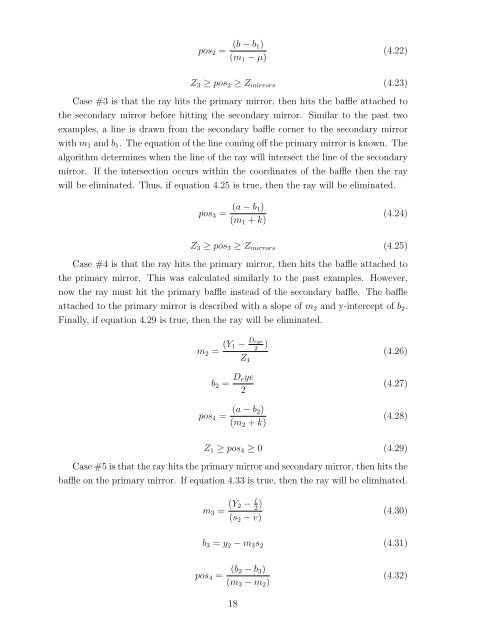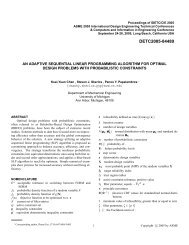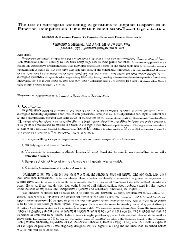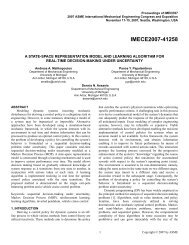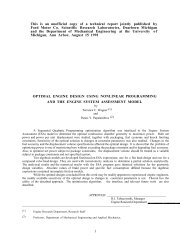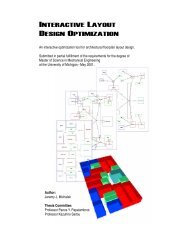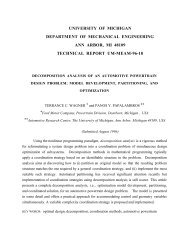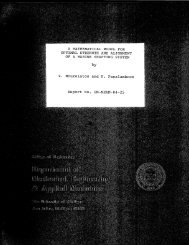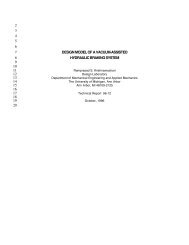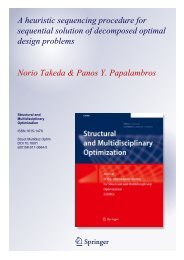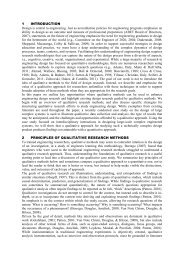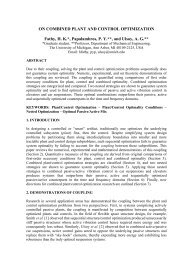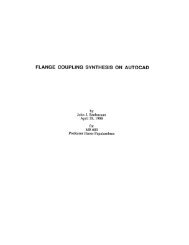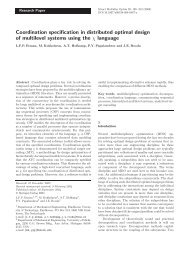Design Optimization Model for a Schmidt-Cassegrain Telescope ME ...
Design Optimization Model for a Schmidt-Cassegrain Telescope ME ...
Design Optimization Model for a Schmidt-Cassegrain Telescope ME ...
You also want an ePaper? Increase the reach of your titles
YUMPU automatically turns print PDFs into web optimized ePapers that Google loves.
pos 2 = (b − b 1)(m 1 − µ)(4.22)Z 3 ≥ pos 2 ≥ Z mirrors (4.23)Case #3 is that the ray hits the primary mirror, then hits the baffle attached tothe secondary mirror be<strong>for</strong>e hitting the secondary mirror. Similar to the past twoexamples, a line is drawn from the secondary baffle corner to the secondary mirrorwith m 1 and b 1 . The equation of the line coming off the primary mirror is known. Thealgorithm determines when the line of the ray will intersect the line of the secondarymirror. If the intersection occurs within the coordinates of the baffle then the raywill be eliminated. Thus, if equation 4.25 is true, then the ray will be eliminated.pos 3 = (a − b 1)(m 1 + k)(4.24)Z 3 ≥ pos 3 ≥ Z mirrors (4.25)Case #4 is that the ray hits the primary mirror, then hits the baffle attached tothe primary mirror. This was calculated similarly to the past examples. However,now the ray must hit the primary baffle instead of the secondary baffle. The baffleattached to the primary mirror is described with a slope of m 2 and y-intercept of b 2 .Finally, if equation 4.29 is true, then the ray will be eliminated.m 2 = (Y 1 − Deye2 )Z 1(4.26)b 2 = D eye2pos 4 = (a − b 2)(m 2 + k)(4.27)(4.28)Z 1 ≥ pos 4 ≥ 0 (4.29)Case #5 is that the ray hits the primary mirror and secondary mirror, then hits thebaffle on the primary mirror. If equation 4.33 is true, then the ray will be eliminated.m 3 = (Y 2 − l 2 )(s 2 − v)(4.30)b 3 = y 2 − m 3 s 2 (4.31)pos 4 = (b 2 − b 3 )(m 3 − m 2 )(4.32)18


